
To "witness" the ancient tea trees that are still preserved in Muong Cha district, we went with the staff of the District Agricultural Service Center to Then Pa village, Sa Long commune - one of the areas that still preserves many ancient tea trees. People here always consider tea trees as a valuable asset; because it is a gift that the previous generation has left for their descendants. Not far from his family's stilt house, Mr. San Dinh Cui, Then Pa village still preserves nearly 20 tea trees that are 40 - 50 years old; that is the asset that his late father left him, which is preserved and protected by Mr. Cui and his descendants.
Taking us to visit the ancient Shan tea trees, Mr. Củi confided: “Since I was 8-9 years old, I have seen these tea trees planted here. Now I am 61 years old. These trees were planted and cared for by my father until he passed away, when he divided about 20 trees to each of his children. For the Then Pa people, tea is drunk instead of water every day, so tea trees are indispensable in life. And more than that, tea trees are also the property left by our ancestors, so my children and I will try to preserve them for future generations.”
Presently, Then Pa village still preserves nearly 400 ancient tea trees. Many trees have trunks of about 20cm in diameter. With the habit of drinking green tea instead of drinking water, most households in the village grow tea; the most numerous houses have nearly 20 trees; the least have 1-2 trees for leaves. Some households also grow tea trees around their gardens, creating a fence around their house. Mr. San Seo Ngan, Head of Then Pa village, shared: “In the past, I also heard the elders in the village tell the origin of tea trees. Accordingly, these Shan tea trees mainly originate from Can Ho village, Hua Ngai commune. This village is only a few kilometers from Then Pa, so in the past, people often went there to pick tea leaves to drink, so they also brought tree seedlings to plant in the village. After many years, the tea trees have developed into ancient trees as they are today.”
Listening to the village chief San Seo Ngan share about the origin of the tea tree, Mr. Củi also added: “In addition, many villagers also brought tea varieties from Tam Duong district (Lai Chau province) to plant, so now the village still has quite a lot of tea trees. Each type has a different characteristic, but in the village, Shan tea is mainly grown. Recently, realizing that tea trees not only serve the daily life of the people but also bring high economic value, the local government is having a policy to preserve and promote the value of tall tea trees. Recently, the district also organized for me and representatives of some villages with ancient tea trees to visit and learn from experiences in localities with similar conditions for growing tall tea trees, so that everyone can clearly see the economic efficiency of tea trees and encourage participation in growing and processing tea. From there, it will open up a new direction in economic development for the people thanks to this tall tea tree...”.

According to statistics, currently in Muong Cha district there are nearly 700 ancient tea trees with a root diameter larger than 10cm and 3,500 trees with a root diameter of 4 - 8cm; mainly distributed in the communes: Sa Long, Hua Ngai, Huoi Leng and Sa Tong. According to preliminary assessments by some experts, tall tea trees in Muong Cha district have many rare genetic resources, the quality is equivalent to ancient tea trees of other localities and have not been affected by chemical fertilizers and pesticides, so they are suitable for producing high-quality organic tea. Mr. Vu Van Ngoc, Vice Chairman of Muong Cha District People's Committee, said: In the coming time, Muong Cha district will direct the communes: Sa Long, Huoi Leng, Hua Ngai and Sa Tong to strengthen the management and conservation of tall tea trees. At the same time, actively disseminate and thoroughly implement the policy on developing and preserving tall tea trees towards increasing added value associated with tourism development for local people. For individuals who own tea, tall tea tree interest groups will be established in each village, and group operating regulations will be developed. For tea areas managed by the People's Committee of the commune or the village community, they can be assigned to an association (women, youth...) or assigned to 1-2 individuals for management. Along with that, the Party Committee and authorities of the communes will strengthen coordination with relevant agencies and units in researching, developing and implementing programs and projects. In order to create high consensus in the entire political system from the district to the grassroots, localities focus on propagating and promoting the strength of the entire people in preserving and developing tea areas. Thereby helping people gradually change their awareness and habits in growing and processing tea; Developing tea products in the direction of commodities, increasing product value linked to the consumer market, linking production and socializing investment...
With the goal of preserving and developing tall tea trees in the area of 4 communes: Hua Ngai, Sa Long, Huoi Leng and Sa Tong, Muong Cha district is aiming to form a tea production link between people and businesses; applying synchronous science and technology in all stages from production to processing, contributing to improving productivity, quality and production efficiency. Along with that, it is supporting people to develop new planting and care for tea as well as training, guiding harvesting techniques, promoting and introducing tall tea products. Hopefully, with the attention of the Party Committee and authorities at all levels of Muong Cha district, in the coming time, ancient tea trees will open up a new direction in socio-economic development; help increase income for people and make an important contribution to hunger eradication and poverty reduction in the district.
Source



![[Photo] Unique Phu Gia horse hat weaving craft](https://vphoto.vietnam.vn/thumb/1200x675/vietnam/resource/IMAGE/2025/10/10/1760084018320_ndo_br_01-jpg.webp)


![[Photo] Standing member of the Secretariat Tran Cam Tu works with the Standing Committee of the Party Committee of the Ministry of Health](https://vphoto.vietnam.vn/thumb/1200x675/vietnam/resource/IMAGE/2025/10/10/1760079818773_image-4-6972-jpg.webp)
![[Photo] "Exposing letters" in the flood center of Lang Son](https://vphoto.vietnam.vn/thumb/1200x675/vietnam/resource/IMAGE/2025/10/10/1760080117518_ndo_br_z7101324112737-07cd4d1c01801a8ccf4ae0cbaf31c4a3-507-jpg.webp)





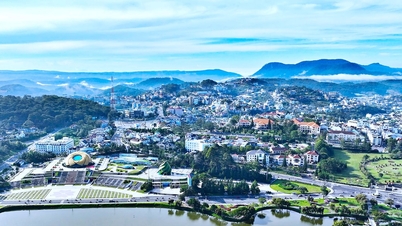
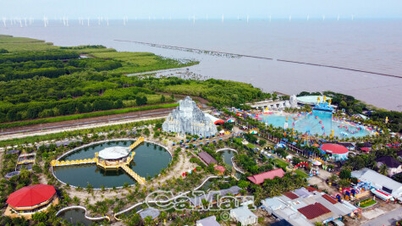

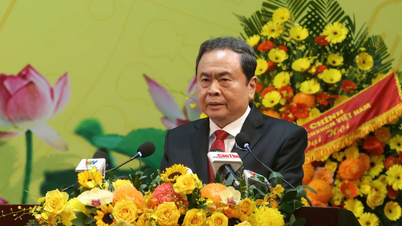


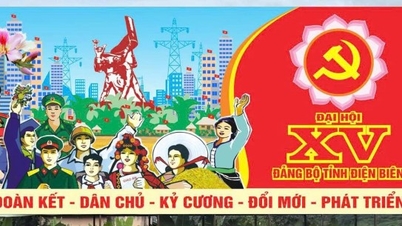
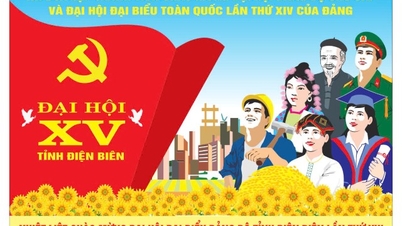


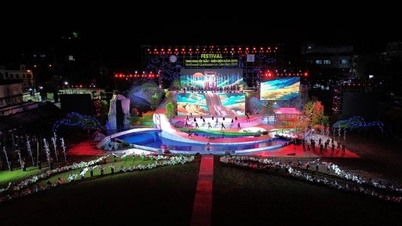





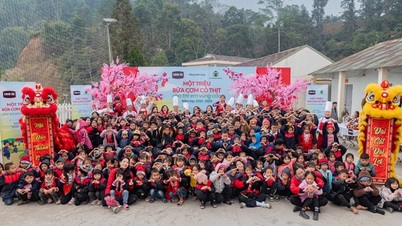


























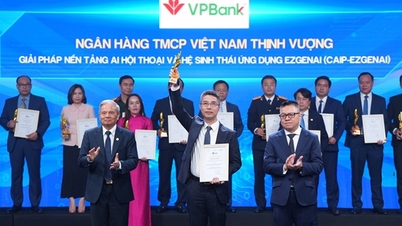








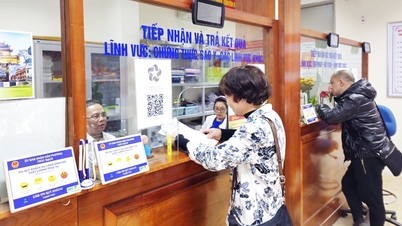








































Comment (0)